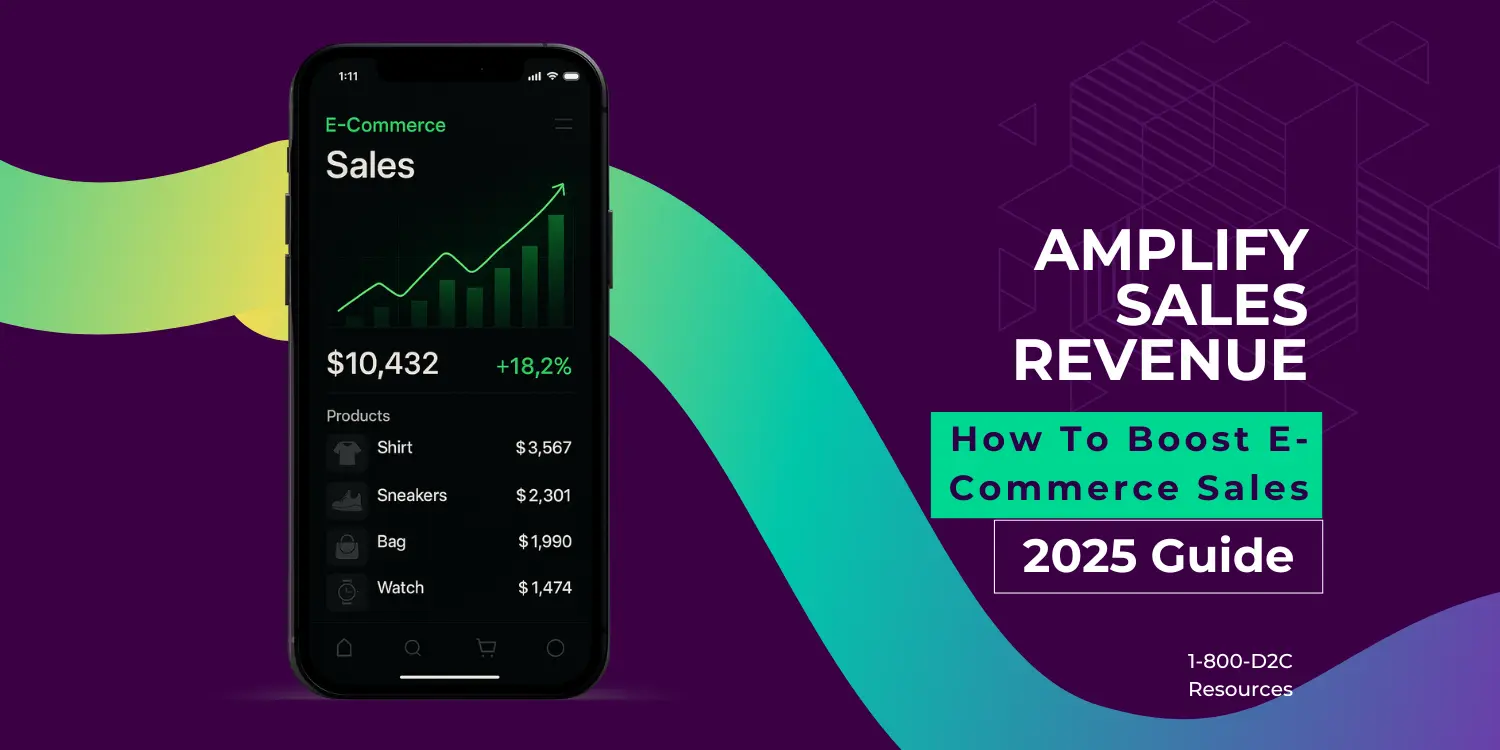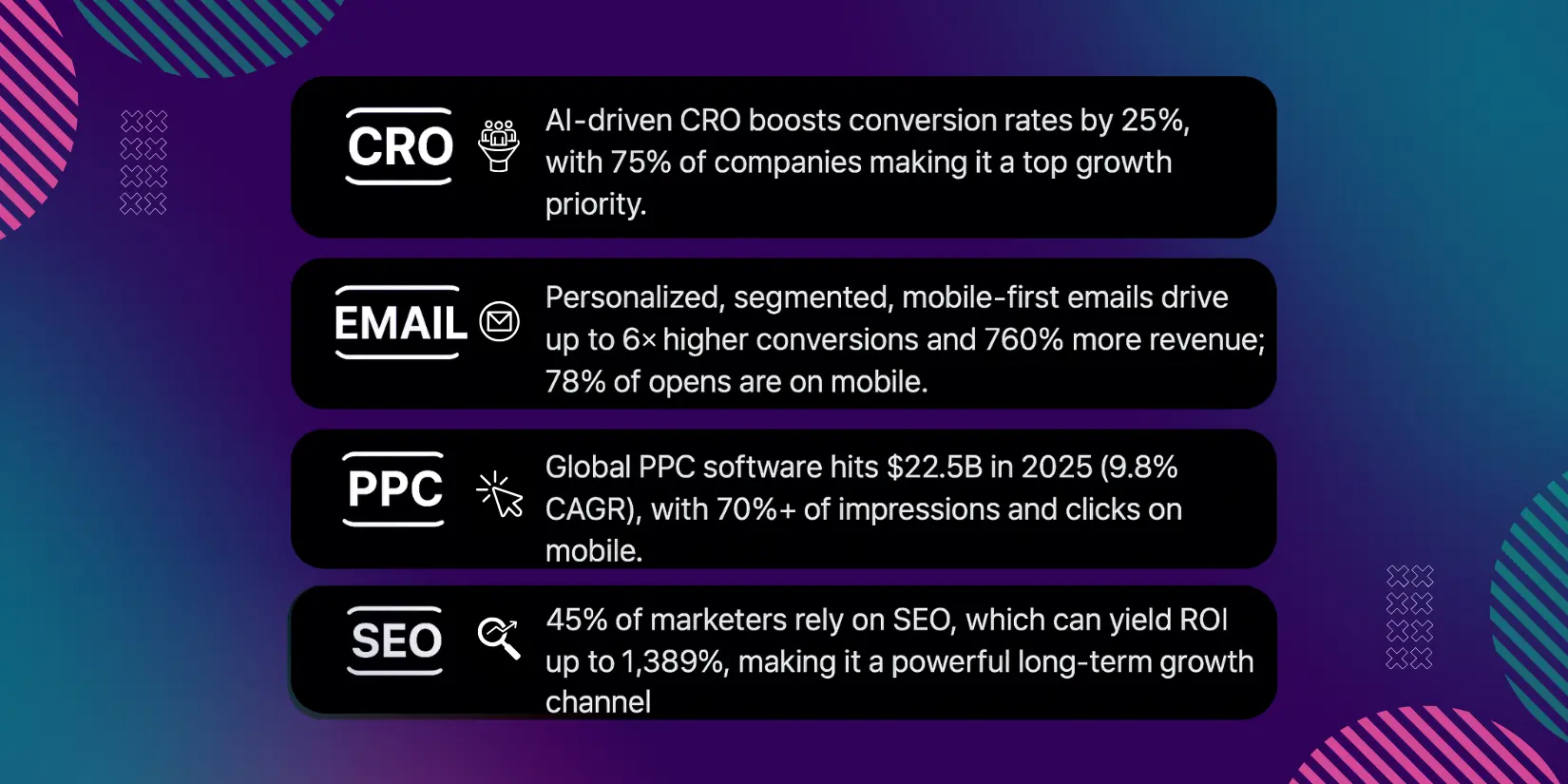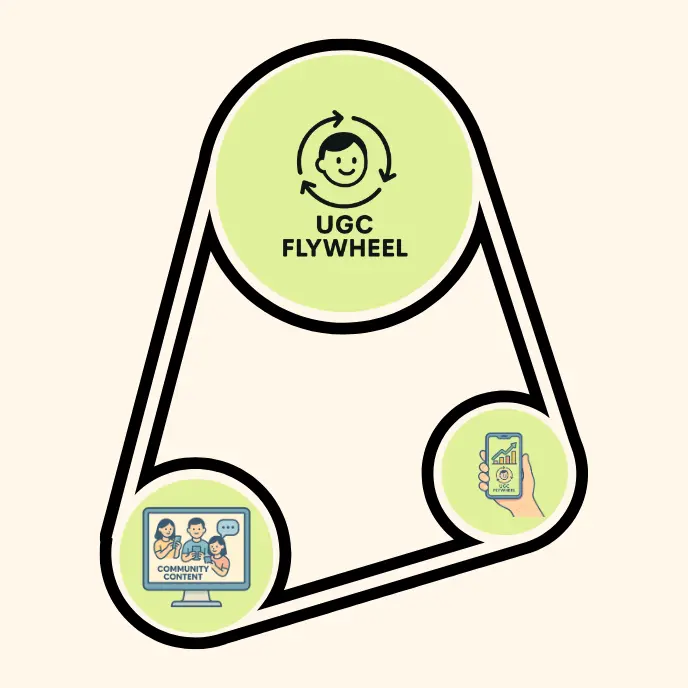
With the growth of Agentic AI and AI CMS platforms that can generate and optimize product listings in the span of the day, the market for the D2C operator has become more saturated than ever. Just five years ago, a bit of DIY-SEO knowledge and some stellar content got your e-commerce website to the top of Google and garnered plenty of conversions from a vast assortment of unique consumers.
Times have changed. If you want to stand out on the internet, you can't just say you're different, you, your product, and your listings must actually be different. In addition to a value proposition that makes you stand above competitors, you must engage in a multitude of acquisition channels to make up for traffic losses that compound on a tumultuous internet.
Today, we're going to go into multiple silos, verticals, and channels that can help you expand your reach while exemplifying what makes your D2C brand incredible: You.
[cta-btn title="Build Your Brand And Become A Member" link="/membership-pricing"]
SEO, GEO, AEO — none of that matters. New-age "SEO" follows one, simple core principle: Improve the user experience and all else follows.
Build it (the right way), and they will come.
What does this mean in practice? If your user or target consumer comes to your website and they can't understand what you're selling or offering within 10 seconds, you've got an issue. Already, you're priming the user as a brand that's unsure of itself. How can the user be sure to buy your product? Be firm, fun, trustworthy, direct, or whatever combo meets your brand voice, and ensure your user knows it the second they click into your website.
Besides CTAs that grab their attention, let's talk about speed, layout, and shape. Your website needs to be fast. This is critical. People will shop for your products anytime and anyplace, so if your website can operate effectively on 3G bandwidth, you're missing out on sales. You can use the Core Web Vitals report in Google Search Console to see what is bogging you down (lighthouse on the Chrome inspect feature is a great source of truth as well).
Ensure that the layout of your website drives conversions. You'll need images and carousels of your products, legible and large font on all viewports, and buttons that are distinct (and clickable). To reinforce that layout, you'd be remiss if you didn't add reviews and testimonials for your products. The easiest hack for doing all of this? Visit top D2C brands and massive e-commerce websites like Amazon and ask yourself, "What are they doing right? What can I incorporate into my aesthetics and UX? What should I stay away from?"
Putting this into a few bullets for your below, we've got:
PDP, Product Details Pages, optimization is turning the section above up a notch. You'll want to use a combo of images and videos, some even displaying 360-degree views, to give the most transparent and holistic presentation of what you're selling. Don't leave anything out, don't leave your user with questions.
A great frame of mind for doing this is to think about taking detailed image and video assets for your products as if you are submitting a car insurance claim or report. You heard me right. The only difference is the assets are gripping and the tone of the write-up is sales-driven. But, in terms of detail and coverage, your product's listing needs to meticulously cover everything, succinctly. You are trying to convince a consumer your product or tool is the best, you are going to need to come at this like a scientist.
Summarizing your next steps, we've got:

Our team likes to build from the ground up, the proper e-commerce CMS platform, optimized product pages, user-centric, and conversion-centric website is the foundation for the home that is your brand. It should be bulletproof and concrete because it will be the launchpad for the rocket that is your omni-funnel digital marketing strategy.
Google Ads is pay-to-play, but with optimized pages, your quality scores (a score Google uses to determine the price you'll bid on keywords in the auction interface) will be higher. You'll pay less for clicks on targeted ads for unique keywords — here, you can make a small budget go the distance.
LinkedIn, X, Instagram, TikTok, YouTube, and Facebook are all viable platforms. Deciding if your brand is more business-centric (LinkedIn) or laidback/fun (TikTok/Instagram), and match your style and reach to these platforms. Expanding your visibility across social platforms can never hurt.
Email is a free opportunity to gather an owned and operated audience. Use it. Ensure you have dedicated email CTAs for your brand located around your products and webpages. There's no need to overdo it, but always ensure there's an action for them to add their email and know that they are adding themselves to your email list. Don't spam them and make clear that they are now subscribing to your newsletter.
Your next steps for a multi-channel approach:
If I had a nickel for every time a random LinkedIn armchair expert said, "SEO is dead," I'd be able to retire in peace. SEO will never be dead. As long as people search for things on the internet (they always will) SEO will remain alive and well.
Your pages and content will need to be fresh, accurate, human-centered, human-written (with maybe summaries in AI), and have SEO metadata primed for organic reach. Remember, when you optimize for Google, you optimize for every search engine, including the hip-and-trendy LLM ones (ChatGPT, Claude, Perplexity). And when you optimize for Google, you optimize for the user.
With either approach, you satisfy the needs of your consumer.
With your optimized pages, SEO-friendly content, user-friendly interface, and conversion-centric website, bots, individuals, you increase your chances of ranking.
Here's a quick SEO e-commerce checklist to follow:
If you're driving traffic to your website, generating sales, but neglecting Google's free suite of tools for e-commerce traffic tracking, you're losing invaluable data that allows you to map the entire funnel and journey of your consumer. Data helps you make data-backed decisions, which are the only decisions that should be made to boost your e-commerce traffic (especially, in 2025).
Once you have the funnel mapped, you build a system around continuously refining and improving your pipeline for e-commerce conversions. Systems define outcomes, so the better you perform tracking, gathering data, and A/B testing conversion items, the greater the likelihood of boosting sales.
Don't leave data on the table:
Your entryway to success is by focusing on the user experience. If you want to drive more revenue and profit, focus on how you can sell what your user wants and make it incredibly easy for them to purchase. Treat your presentation like a science: use images, videos, and informative (and concise) descriptions to ensure the user knows exactly what they are buying.
Spread the word and launch digital media marketing assets across multiple campaigns and channels. SEO is now one of many silos where traffic can come from — diversify your traffic portfolio. And, whatever you put out on the internet to capture engagement, make an effort to prevent items from becoming stale. Continuously innovate, refresh, tweak, and relaunch to give your consumer a fresh impression every time they explore your website.
[inline-cta title="Discover More With Our Resources" link="/resources"]

